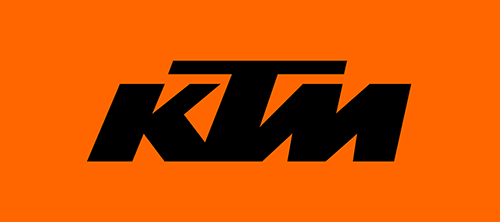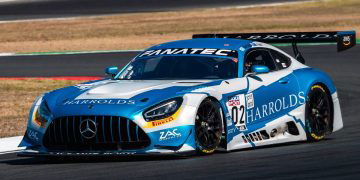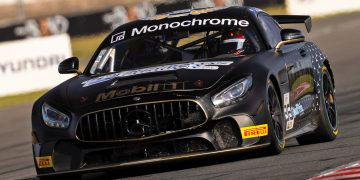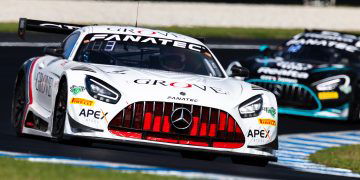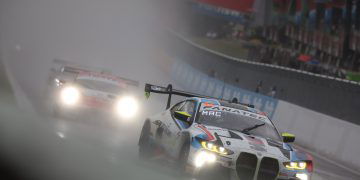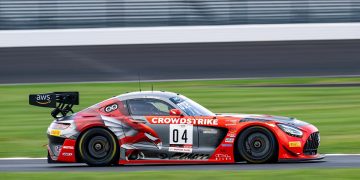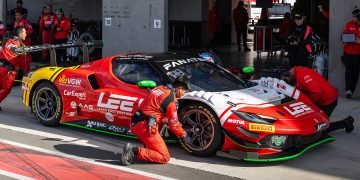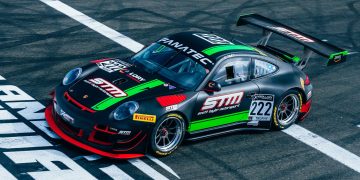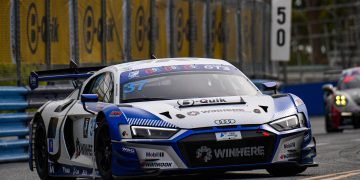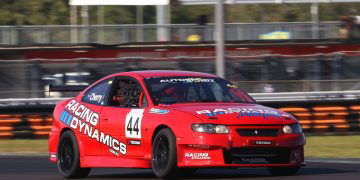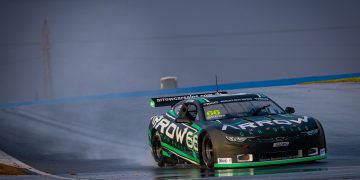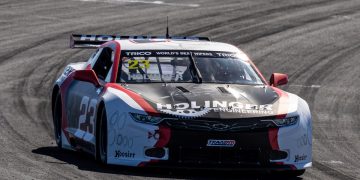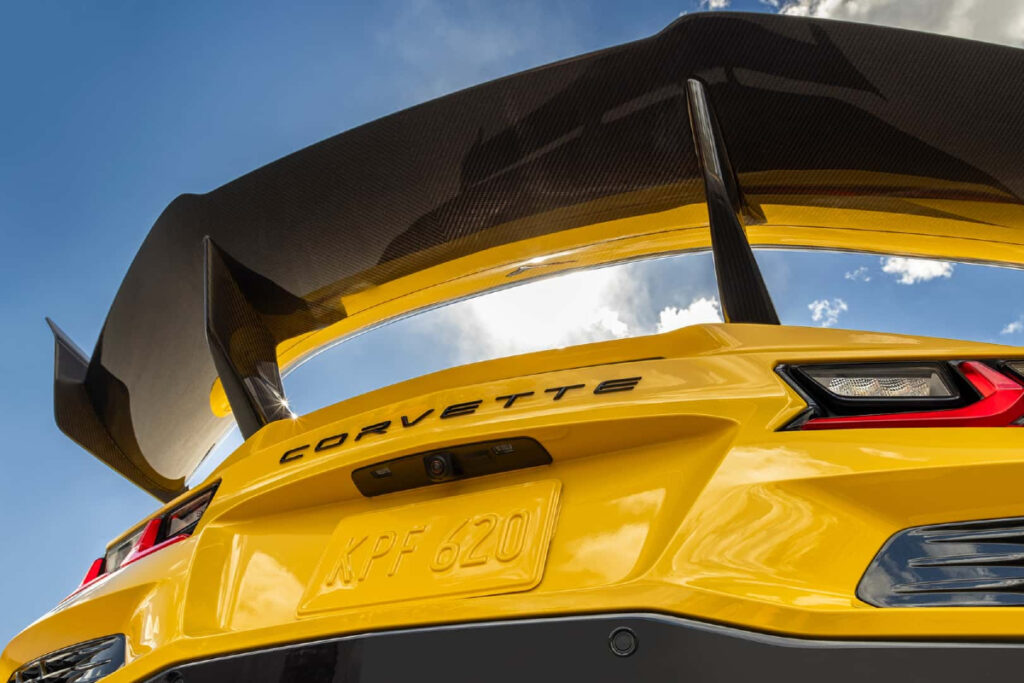
There are concerns that Formula 1's existing power unit manufacturers will hold a sporting advantage heading into the 2026 regulation change.
New power unit regulations were voted through by the FIA Motor Sport World Council last month as the sport looks to the next generation of the turbo-hybrid solution currently in use.
Key among the chances is the introduction of a cost cap, and simplification of the hybrid elements in an effort to lower the barrier to entry for prospective manufacturers.
Already that has seen Audi announce its intentions to enter Formula 1 while Porsche is also keen to return to the grid – a potential tie-up with Red Bull has broken down in recent weeks.
The new power unit regulations are intended to offer something of a clean slate to place both new and incumbent manufacturers on a level playing field.
For a power unit to be homologated for 2026, the manufacturer must have adhered to the regulations even prior to that point.
However, technical changes to the specifics of the internal combustion engine, which were walked back from what was initially planned, left some concern that existing manufacturers would maintain a sporting advantage.
According to Mercedes AMG High Performance Powertrains boss, Hywell Thomas, that is not the case.
“In terms of carryover, there's a non-competition part of the internal combustion engine,” he began.
“The regulations in there are pretty tight in terms of some of the dimensions, some of the technologies that can use some of the materials. And they match pretty closely to what we are currently racing.
“So there's a big carryover in those sort of technology areas but it's not actual carryover, if that makes sense, because although our componentry is very close to what is now in the regulations, it isn't exactly the same.
“The combustion engine is split into a competition half and the non-competition half. The non-competition half is very, very similar, but not quite carry over.”
The changes to the power unit rules from those initially planned is a point noted by Christian Horner.
Head of Red Bull Racing, Horner also oversees the newly created Red Bull Powertrains business, set up to produce power units for both the Austrian drinks company's two Formula 1 teams.
The operation is a new manufacturer in the power unit supply space and therefore holds a different opinion to that of an established player like Mercedes.
“Obviously the engine has evolved, it has become, as Hywell was saying, there are large elements of carryover,” Horner said.
“Of course that, for a newcomer, when you're starting from scratch, is tremendously challenging because despite perhaps the bottom end of the engine trying to be more prescriptive, there's always performance Formula 1 engineers show[ing] how creative they are in finding performance.
“So I think the biggest disadvantage for a newcomer are two aspects.
“One is that we have to catch up. We have to try and cover the ground of pretty much 10 years of these regulations, of know-how and knowledge that we don't have.
“And of course within the budget cap constraints that there are; $10 million for a newcomer is pretty frugal, particularly in engine terms, to be able to catch up the knowledge and know-how, particularly with a carryover in the ICE technology.
“The other challenge for a newcomer within these financial regulations, again, is establishing your facility because of course you're starting from scratch, as Red Bull Powertrains has.
“As a newcomer, it's a huge burden to try and get ourselves, facility-wise, in a position – we just wanted there to be a level playing field.”
A freeze on Formula 1 power unit development is currently in place, a move designed to prevent manufacturers from running concurrent development programmes on their existing designs and those for 2026.





